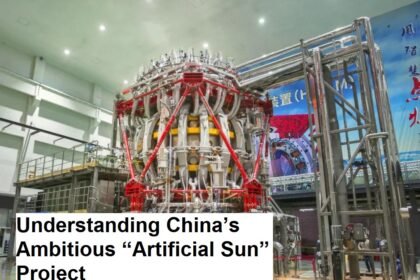Google’s recent announcement of global layoffs marks a significant moment in the company’s ongoing evolution, reflecting broader trends in the technology sector. The decision to reduce its workforce is closely tied to a strategic pivot emphasizing artificial intelligence (AI) and data center infrastructure, signaling a recalibration of priorities to align with emerging technological demands and market realities.
The layoffs, which affect thousands of employees worldwide, come amid a period of rapid transformation within Google and its parent company, Alphabet. Over the past several years, Google has invested heavily in AI research and development, recognizing AI as a cornerstone of future innovation across multiple domains, including search, cloud computing, autonomous systems, and more. Concurrently, the expansion and modernization of data centers have become critical to supporting the computational power required for AI workloads and cloud services.
The rationale behind the workforce reduction is multifaceted. First, the company aims to streamline operations by reallocating resources toward high-growth areas such as AI-driven products and services. This involves scaling back or restructuring teams whose functions are less aligned with these strategic objectives. By focusing on AI and data centers, Google intends to enhance its competitive edge in an increasingly crowded market where AI capabilities are a key differentiator.
Second, the layoffs reflect broader economic and industry pressures. The global technology sector has faced challenges including market volatility, regulatory scrutiny, and shifting consumer behaviors. Companies like Google must adapt by optimizing costs and improving operational efficiency. Workforce adjustments, while difficult, are part of this adaptation process to ensure long-term sustainability and innovation capacity.
The emphasis on AI is particularly noteworthy. Google has been at the forefront of AI advancements, with projects spanning natural language processing, computer vision, and machine learning platforms. The company’s AI initiatives power many of its flagship products, such as Google Search, Google Assistant, and Google Cloud AI services. By concentrating talent and investment in AI, Google aims to accelerate breakthroughs that can redefine user experiences and open new revenue streams.
Data centers play a complementary role in this strategy. As AI models grow in complexity and size, the demand for robust, efficient, and scalable computing infrastructure intensifies. Google’s data centers, equipped with cutting-edge hardware and optimized for energy efficiency, are essential to supporting AI training and inference tasks. Investing in data center expansion and innovation ensures that Google can maintain the performance and reliability required for its AI ambitions.
The impact of these layoffs on employees is significant. Many affected workers face uncertainty and disruption, highlighting the human cost of corporate restructuring. Google has pledged to provide support through severance packages, career transition assistance, and other resources. Nonetheless, the situation underscores the challenges tech companies face in balancing innovation-driven growth with workforce stability.
From an industry perspective, Google’s move signals a broader shift toward AI-centric business models. Competitors are similarly investing in AI and cloud infrastructure, intensifying the race to develop superior technologies. This competitive environment drives rapid change but also raises questions about workforce dynamics, ethical AI development, and the societal implications of automation.
Market reactions to Google’s layoffs have been mixed. Investors often view such measures as prudent steps to enhance profitability and focus, potentially boosting confidence in the company’s strategic direction. However, public perception can be more nuanced, with concerns about job security and corporate responsibility influencing stakeholder sentiment.
In conclusion, Google’s global layoffs reflect a strategic realignment prioritizing artificial intelligence and data center capabilities. This transition is driven by the need to innovate, compete, and operate efficiently in a complex technological landscape. While the move presents challenges, particularly for affected employees, it positions Google to lead in AI-driven innovation and infrastructure development. As the company navigates this transformation, its approach will likely influence industry trends and shape the future of technology employment and innovation.









